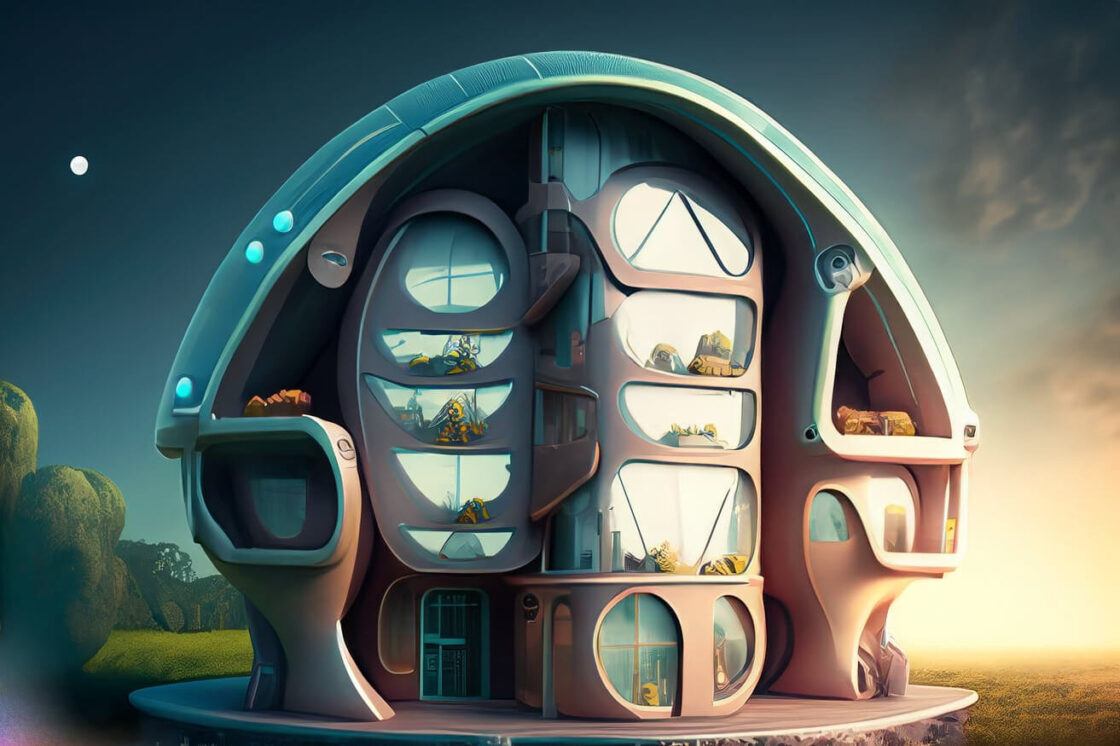The evolution of 3D printing has been nothing short of remarkable, but what if we told you that the future of manufacturing lies in the realm of 4D printing? While 3D printing brought us the ability to create intricate three-dimensional objects, 4D printing takes it a step further, introducing the dimension of time into the equation.
So, what exactly is 4D printing? It’s a process that involves creating 3D-printed objects that can transform or self-assemble over time when exposed to specific environmental conditions like heat, humidity, or light. In essence, it’s like giving materials the ability to “program” their behavior.
One of the most promising applications of 4D printing is in the realm of smart materials. These materials can respond to external stimuli, such as changes in temperature or moisture, by altering their shape or properties. For example, imagine a pipe that can expand or contract in response to changes in fluid flow or temperature, optimizing its performance without the need for human intervention.
Another exciting area of exploration is in medicine and biotechnology. Researchers are developing 4D-printed implants that can adapt to the body’s needs over time. These implants could change shape, release medication, or even biodegrade as the patient heals.
In construction, 4D printing offers the potential to create structures that can adapt to environmental conditions. Imagine buildings that can change their shape or insulation properties based on weather patterns or energy demands.
Furthermore, 4D printing has the potential to revolutionize industries like aerospace and automotive by creating self-repairing components or adaptive aerodynamic surfaces.
While 4D printing is still in its experimental stages and faces challenges related to material development and scalability, its potential to reshape manufacturing and design is undeniable. As research and innovation continue in this field, we can expect to see increasingly practical and transformative applications of 4D printing that push the boundaries of what’s possible in design, construction, and everyday products.

